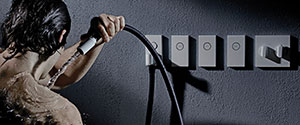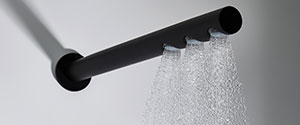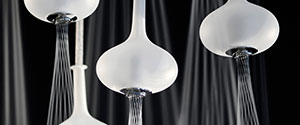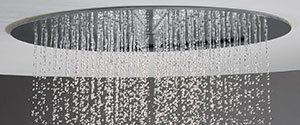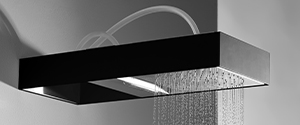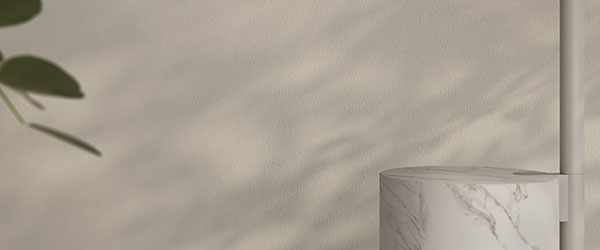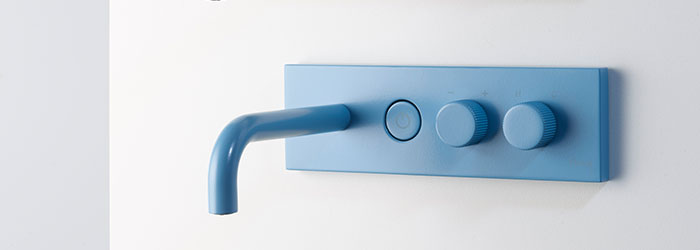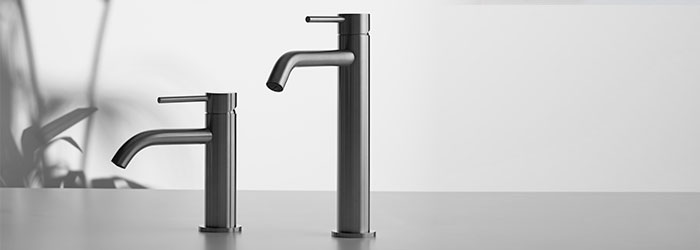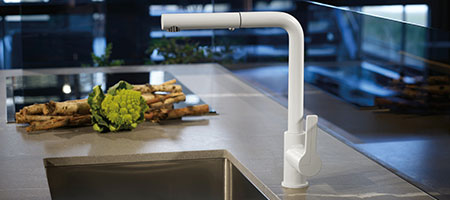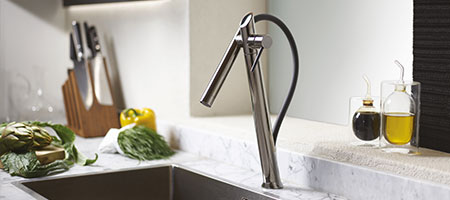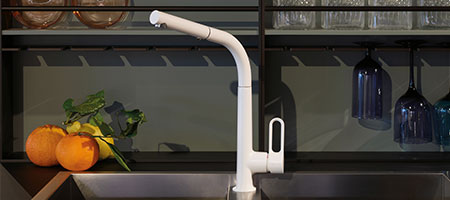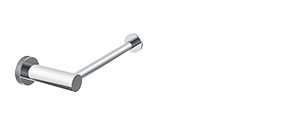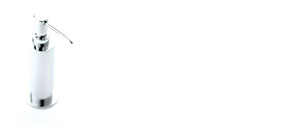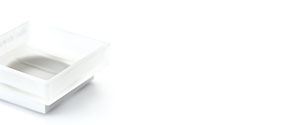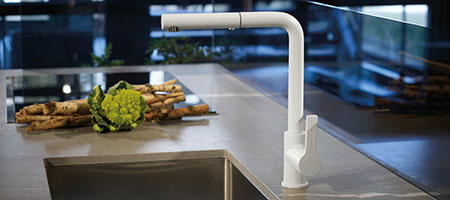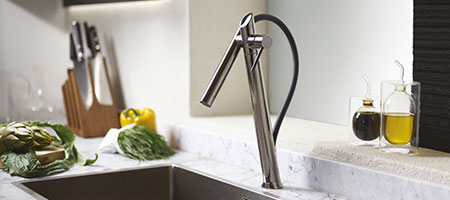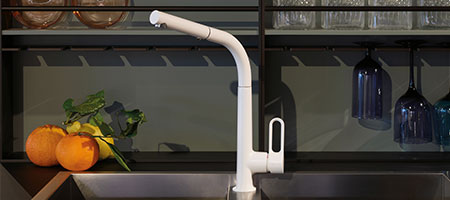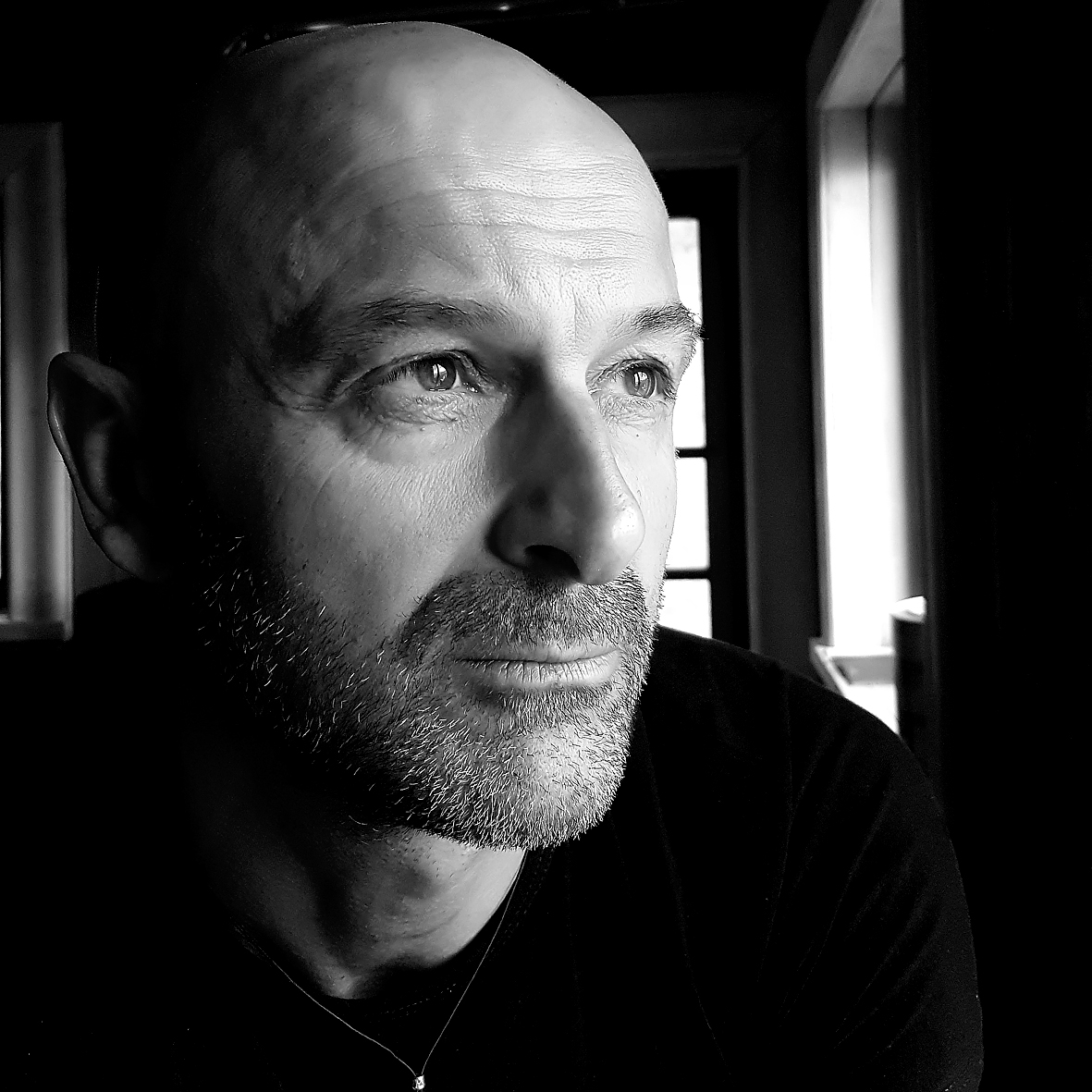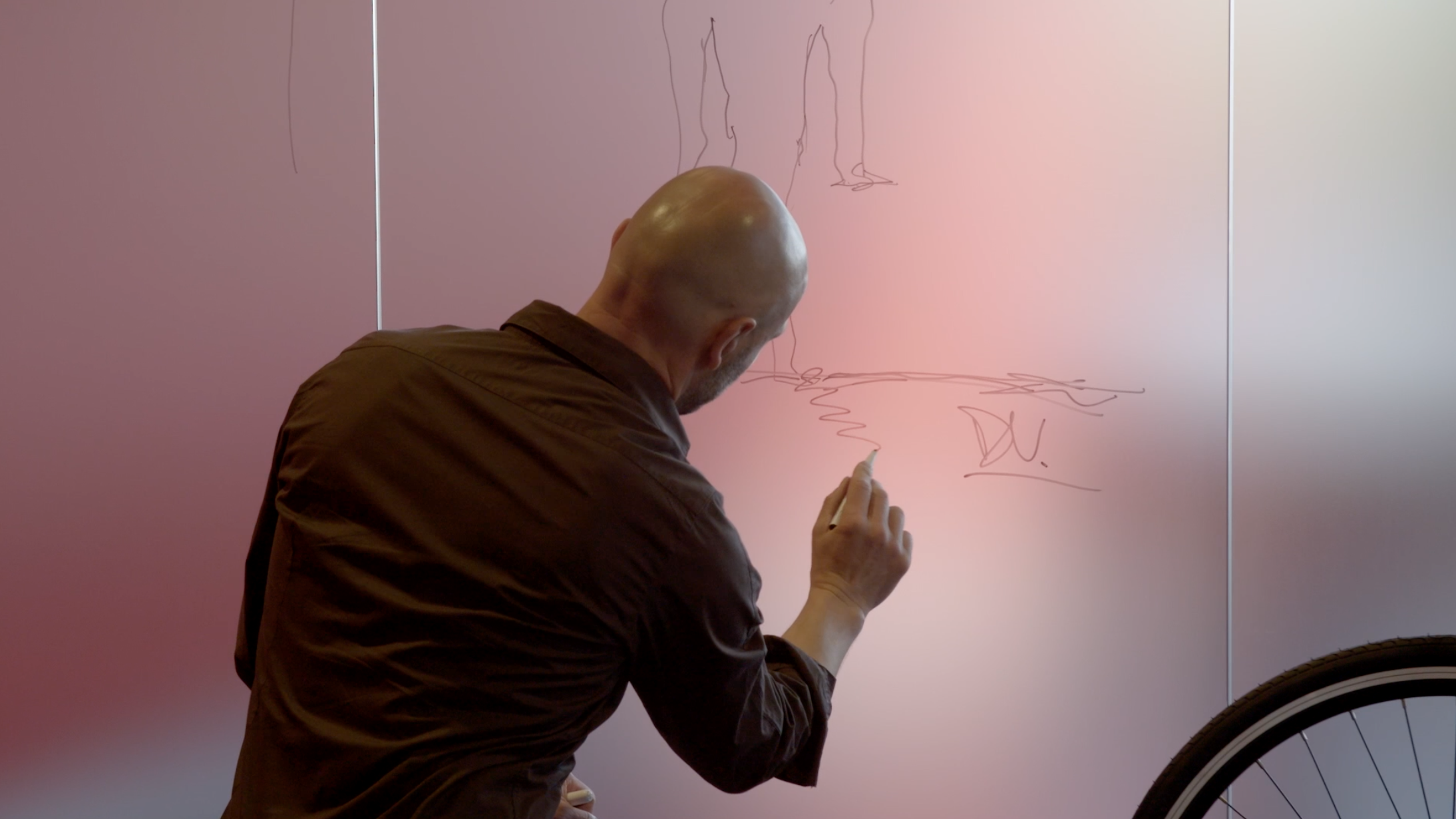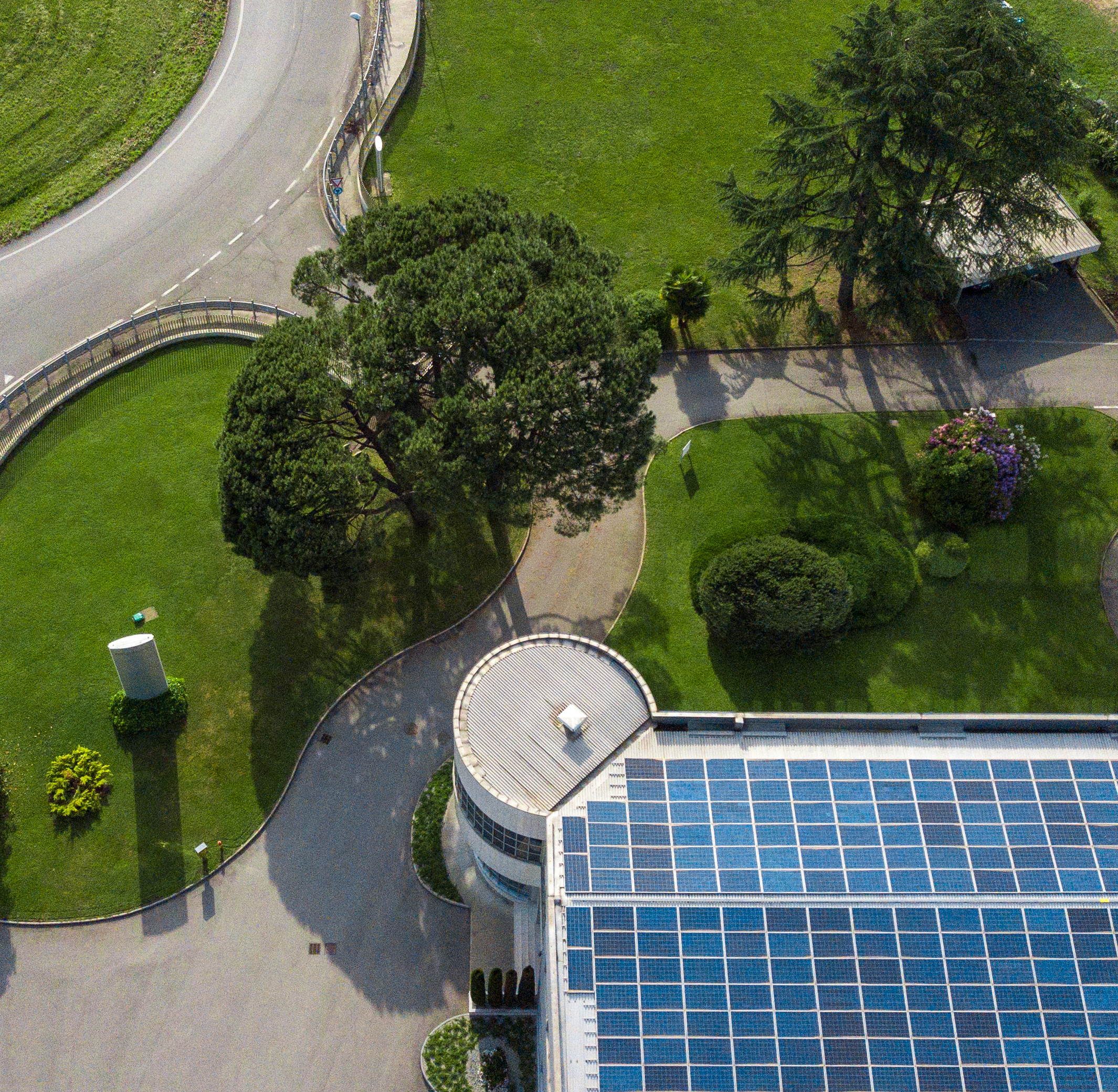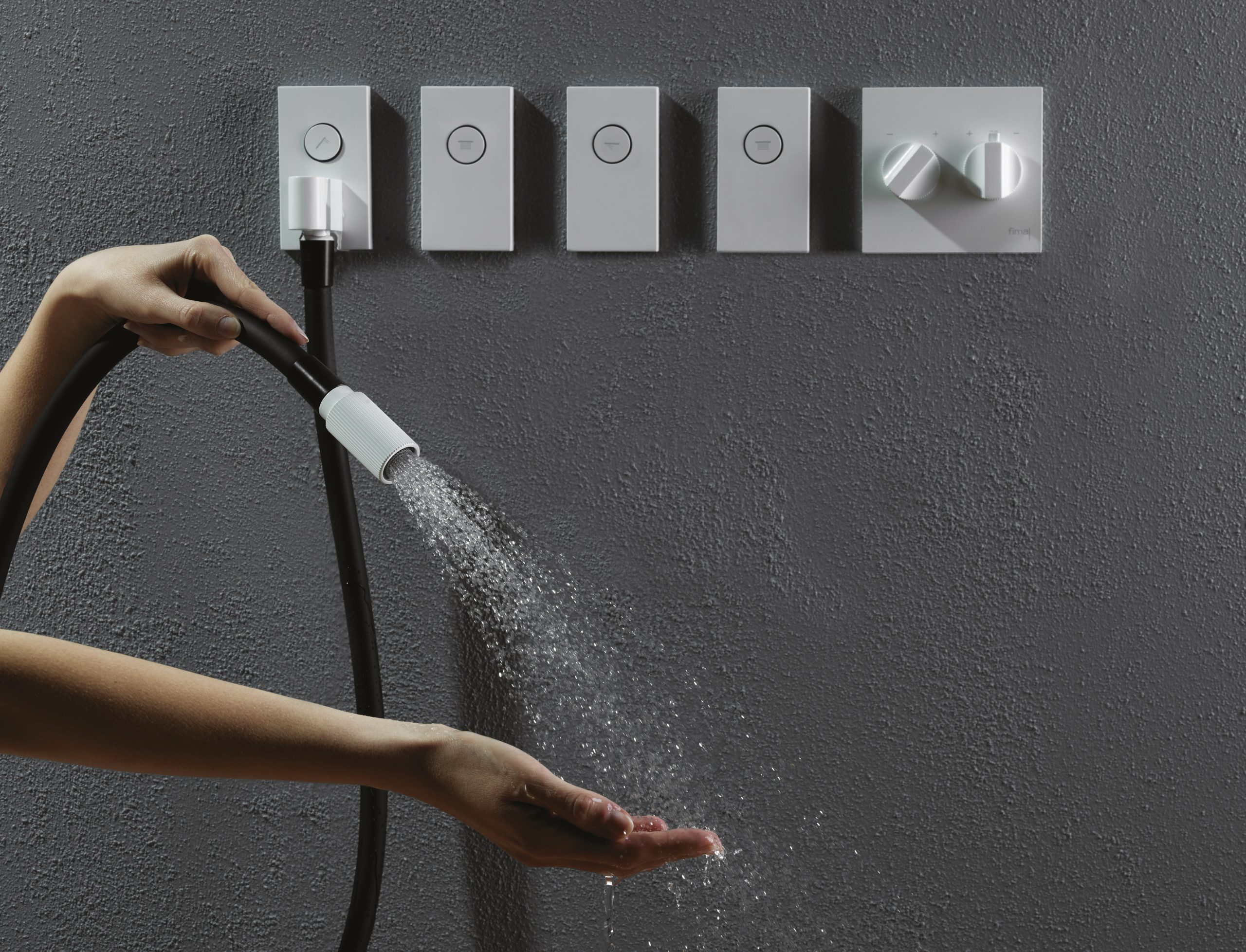- COLLECTIONS
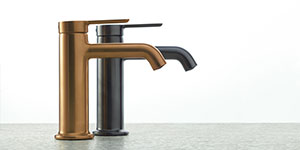
SNAP
Distinctive character, bold volumes, with carefully proportioned radii that caress the product, crafting a balance between classic cylindrical shapes and modern lines.
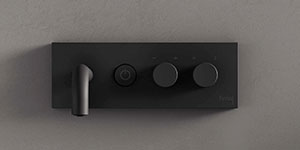
SWITCH ON
SWITCH ON, a collection born from the will to complete and extend the SWITCH shower system, whose main plus is to ''activate'' water flows at the outputwith a simple pressure of a round touch button.

OUTDOOR
Outdoor spaces are valuable oases representing a perfect setting to relax: the Fima Outdoor collection has been indeed designed to enjoy them properly, creating new rhythms and unique wellness rituals through a functional and attractive design language.
- BATHROOM
Countertop washbasins in different heights, wall-mounted or floor standing washbasins … our collections’ design is aligned with the contemporary market trends, making the products suitable to different situations, both in residential and contract environment.
Our bidet faucets permit combinations with all ceramics present on the market, furnishing every bathroom with taste, no matter if classic or modern
Giving wellness: the shower environment becomes a real SPA, combining functionality, elegance and high possibility to personalise.
All FIMA’s bathtub products are designed to better harminize with the various shapes of contemporary bathtubs, ensuring an absolute design freedom, especially in the contract field.
- WELLNESS
Born from the need for a responsible use of resources and materials, and from the central role of the customisation, SWITCH represents an extended and complete shower system.
Possibility to compose the wellness environment in a personal way in order to build the wellness experience thanks to three different water supplies.
Aesthetic reserch, formal rigour and distinctive performance: STILL, an ambitious project that opens a new wellness dimension.
Ten blown-glass spheres, with satin or metallic surface, recall drops of water, floating inside the shower, suspended at different heights.
Harmonia is a series composed by six exclusive ceiling-mounted showerheads, absolute balance among essenciality, aesthetic rigour and multifunctionality that lend to the bathroom a vivid personality.
During the purchase consumers can personalize ad hoc MOOVE by selecting the installation modes, the configuration of the modules and the finishes of the frame and of the shower modules.
- OUTDOOR
Thanks to its essential design by Davide Vercelli, OUT.SIDE fits elegantly and discreetly into the most diverse contexts, from the garden at home to the spa of a five-star hotel.
Through its simple yet detailed shapes, Ingiro marries a new idea of flexibility and dynamism, adding a decorative side to the outdoors, also thanks to the different finishes.
An innovative design solution that reflects new ways of outdoor living, with a style made of attention to details, strong decorative value, functionality and eco-sustainability.
The result of a further process of research and innovation of the technology used in SWITCH, SWITCH ON 316 inherits its lines and functions but sees the development of a new concealed body with an extremely small footprint, to create a product with an essential design.
The perfect combination between design and environmental Sustainability. The particular resistance to corrosion and the remarkable hardness of the AISI 316L steel alloy used for FIMA products are a guarantee of quality and ensure durability.
- KITCHEN
SETTANTA29 kitchen mixer tap is practical and functional and it is characterized by a rigorous aesthetics, softened by rounded corners. It is equipped with a pull out handshower and with a swivelling spout, to carry water where is needed.
Aerodynamic and challenging lines whose design is structured in three main parts that make the daily use very functional. The body is inclined forward to improve the performance and to allow Galileo to fit perfectly to every kind of installation and sink.
Expression of an advanced engineering development,
Skinny is able to add value to any kitchen and to entirely fit in with every style, giving a perfect balance of modern and ergonomic beauty.
- ACCESSOIRES
- THERMOSTATICS
- built-in bodies
- Collezioni

SNAP
Carattere evidente, volumi importanti, tante raggiature accuratamente proporzionate per accarezzare il prodotto, lasciandolo in equilibrio tra forme cilindriche classiche e linee moderne.

SWITCH ON
SWITCH ON, una serie nata dalla volontà di completare e ampliare il sistema doccia SWITCH, il cui principale plus è di “azionare” con la semplice pressione di un tasto a sfioro rotondo i flussi di acqua in corrispondenza dell'uscita stessa.

OUTDOOR
Gli spazi outdoor sono oasi preziose e rappresentano una grande risorsa per il nostro relax: per viverli al meglio nasce la divisione Fima Outdoor che crea nuovi ritmi e inediti rituali di benessere attraverso un linguaggio progettuale funzionale ed esteticamente accattivante.
- Bagno
Lavabi da appoggio di diverse altezze, lavabi a muro o a pavimento… il design delle nostre collezioni si allinea alle tendenze contemporanee del mercato rendendo adatti i prodotti a diverse situazioni sia in ambito abitativo che contract.
I nostri rubinetti per bidet permettono abbinamenti con tutte le ceramiche presenti sul mercato, arredando con gusto ogni bagno, classico o moderno che sia.
Regalare benessere: l’ambiente doccia diventa una vera e propria SPA coniugando funzionalità, eleganza formale ed elevata possibilità di personalizzazione.
Tutti i prodotti per vasca Fima sono studiati per armonizzarsi al meglio con le molteplici forme delle vasche contemporanee, garantendo un’assoluta libertà progettuale, soprattutto in ambito contract.
- Wellness
Nato dalla necessità di un uso responsabile di risorse e materiali e dal ruolo centrale della personalizzazione, SWITCH rappresenta un sistema per la doccia ampio e completo.
Possibilità di comporre l’ambiente wellness in modo personale per costruire la propria esperienza benessere grazie a tre diverse erogazioni.
Ricerca estetica, rigore formale e distintive performance: STILL, un progetto ambizioso che apre a una nuova dimensione di benessere.
Dieci sfere in vetro soffiato, satinate o metallizzate, che evocano la forma di una goccia d’acqua, fluttuano all’interno dello spazio doccia sospese a diverse altezze
Harmonia è una serie composta da sei esclusivi soffioni doccia a soffitto, equilibrio assoluto tra essenzialità, rigore estetico e multifunzionalità che conferiscono al bagno una personalità incisiva.
Con Moove è possibile costruire ad hoc in fase di acquisto il proprio soffione scegliendo le modalità di installazione, le varie configurazioni dei moduli e le finiture del telaio e dei moduli.
- Outdoor
Grazie al suo design essenziale, firmato Davide Vercelli, OUT.SIDE si inserisce con eleganza e discrezione nei contesti più diversi, dal giardino di casa alla SPA di un hotel a cinque stelle
Con le sue forme semplici ma curate nei minimi dettagli, Ingiro sposa una nuova idea di flessibilità e dinamismo, aggiungendo un cotè decorativo agli ambienti esterni anche grazie alle diverse finiture
Un’inedita soluzione di design che riflette i nuovi modi di abitare l’outdoor con uno stile fatto di cura dei dettagli, forte valore decorativo, funzionalità ed eco sostenibilità.
Frutto di un ulteriore processo di ricerca e innovazione della tecnologia presente in SWITCH, SWITCH ON 316 ne eredita le linee e le funzionalità ma vede lo sviluppo di un nuovo corpo a incasso dall’ingombro estremamente ridotto, per dar vita a un prodotto dal design essenziale
Un prodotto che coniuga uno stile senza tempo con un materiale dall’anima green. La particolare resistenza allacorrosione e la notevole durezza della lega di acciaio AISI 316L utilizzata per prodotti FIMA rappresentano garanzia di qualità e ne assicurano la durata nel tempo.
- Kitchen
Pratico e funzionale il miscelatore da cucina SETTANTA29, si caratterizza per l’estetica rigorosa ma rifinita da angoli morbidi. È dotato di doccia estraibile e canna girevole per convogliare l’acqua dove ce n’è bisogno.
Linee aerodinamiche e sfidanti il cui design si struttura in tre componenti principali che ne rendono funzionale l’utilizzo quotidiano. Il corpo protratto in avanti, è studiato per agevolare le operazioni in cucina e si adatta a ogni tipo di installazione e tipologia di lavello.
Espressione di un linguaggio progettuale evoluto Skinny è in
grado di valorizzare qualsiasi cucina e integrarsi perfettamente con ogni stile, offrendo un equilibrio di estetiche moderne ed ergonomiche eccellenti.
- Accessori
- Termostatici
- Corpi a incasso






